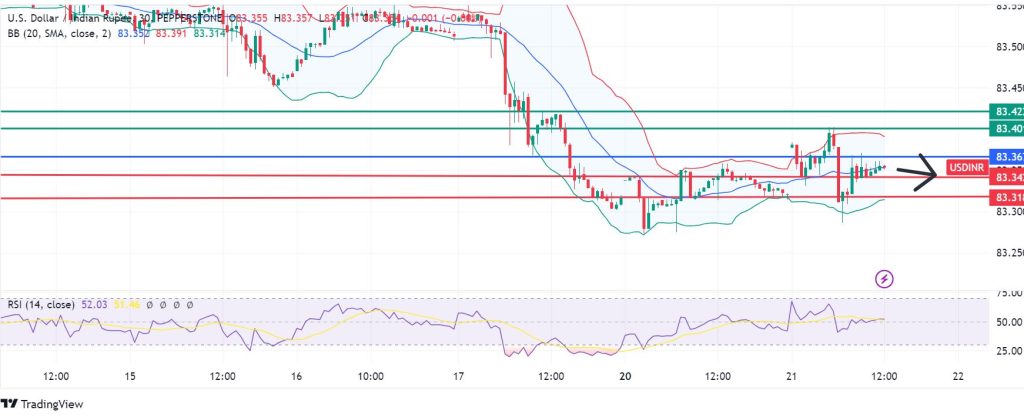The rupee extended its gains against the dollar on Tuesday, with the USD/INR down by 0.05 percent in the intraday session to trade at 83.35. The pair currently trades near mid-April lows, and is on course to register the third consecutive day of losses. That the rupee has sustained consecutive gains in an election cycle points to the dollar’s declining appeal amidst weak US economic data releases.
The US dollar has cracked under pressure against major currencies, with the DXY index at 104.5. This is the same level it was back in mid-April, signaling the rupee’s alignment with most of the DXY currencies. It also signifies the resilience of India’s domestic investors, considering that Indian equities have experienced outflows of over $3 billion in May as foreign investors liquidated their positions amidst election jitters.
Meanwhile, the US dollar continues to suffer growing pressure triggered by expectations of a Fed interest rate cut in June. Elsewhere, the Indian government announced on Monday that it will reduce the supply of short-term treasury bonds by 600 billion rupees (($7.20 billion) in the next six weeks. This is expected to inject more liquidity into the economy to help cushion it against the impact of the month-long elections. Furthermore, it will also impact the yields on the treasury bonds, which will provide support to the rupee.
The rupee is also likely to gain from declining crude oil prices. The commodity has seen its prices decline by about 6 percent since April, with May losses at about 5 percent. This has eased the dollar demand in India, the world’s third-largest importer of oil.
Technical analysis
USD/INR pivots at 83.36, and the momentum signals that the sellers are currently in control. A continuation of that control is likely to persist if resistance stays at the pivot mark. Also, that will likely result in the breaking of the support at 83.34, and potentially going as low as 82.31 in extension. Conversely, a move above 83.36 will likely give the buyers control, with the next resistance likely to be at 83.40. Furthermore, an extension of that control will break the resistance and invalidate the downside view. Also, it could build the momentum to move higher to test 83.42.



